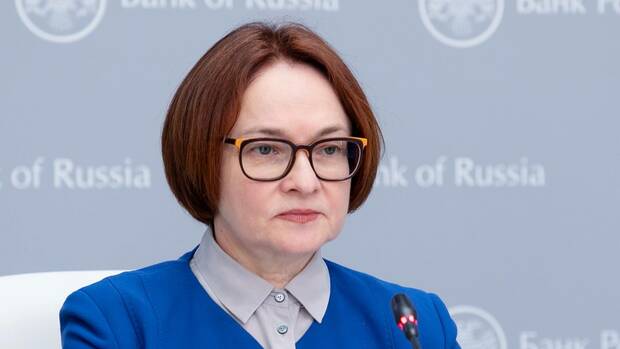One reason is the weakness of the national currency, the ruble, which continued to lose value in the wake of the turmoil caused by the Wagner mercenary uprising at the end of June.
(Photo: IMAGO/SNA)
Moscow Russia’s central bank has raised interest rates for the first time since the invasion of Ukraine. On Friday it raised it surprisingly sharply by a full point to 8.5 percent. Experts interviewed by the Reuters news agency had only expected an increase to a level of 8.0 percent.
The central bank is also keeping the option open to further tighten monetary policy in September. Even if the rate of inflation has recently remained below the four percent mark targeted by the central bank, the monetary watchdogs see the risk of inflation.
One reason is the weakness of the national currency, the ruble. The Russian currency continued to lose value in the wake of the turmoil surrounding the Wagner mercenary uprising at the end of June. Experts assume that as a result, prices for goods and services should rise more sharply over the summer months. After the interest rate decision, the ruble initially appreciated by 0.15 percent against the dollar.
The central bank blames falling exports and a recovery in imports for the ruble’s weakness in recent months. In June, Russia’s balance of payments was negative for the first time since 2020. The central bank expects the inflation rate to end up at 5.0 to 6.5 percent this year and not return to the Russian stability target of four percent until 2024.
With a flexible interest rate reaction, the monetary authorities have made a significant contribution to buffering the economic effects of the Ukraine conflict and the Western sanctions against Russia.
The central bank had left interest rates at 7.5 percent since last September. A few days after Russian troops invaded Ukraine, under the impression of the massive sanctions imposed by the West and the collapse of the ruble, it raised the key interest rate from 9.5 percent to 20 percent and later gradually lowered it again.
With agency material
More: The ruble falls and falls: Now Russia is threatened with inflation
